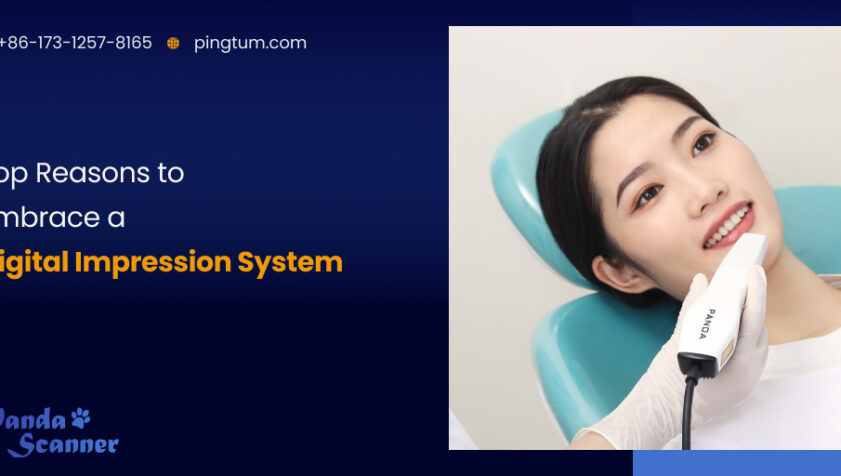Today, digital equipment has become the mainstay of diagnosis and treatment in the field of medicine, including dentistry. And with the introduction of digital technologies like the digital impression system, the field of dentistry took a big leap in advancement, revolutionizing the approaches to dental reconditioning for patients to a great extent. But what is a digital impression system? Well, it facilitates the diagnosis and treatment of dental issues related to crooked, broken, or missing teeth. It also allows the dentist to check the condition of teeth worn out by cavities or dental infections.
An ideal digital impression system does not need traditional materials, which are inconvenient for some patients. Most patients have found that digital impressions are an easier and more comfortable process. This system transfers the collected information to a computer and builds restorations without the need for any stone models. Still confused about whether you should use it or not? Well, keep reading the blog to learn more about the beneficial aspects of using a digital impression system.

Top 5 Reasons Why You Should Embrace Digital Impression System
Take a look at some of the top reasons why you should switch to a digital impression system:
#1 Improves Your Patients’ Experience
Patients, generally, do not like to spend hours at the clinic waiting for their turn. And when the turn comes, they are made to sit on a chair and asked to bite into an impression material for several minutes should they need to mend their broken or missing tooth. However, thanks to digital impression systems, patients can now undergo treatments comfortably without any worries. For instance, using a dental scanner, such as the panda scanner, you can get the impressions in a jiffy. The whole procedure can be done in minutes, and the impressions too can be built by the dental laboratory on the same day, thanks to additive manufacturing. Seeing the scans on the screen in real-time can foster transparency and trust in the patient.
#2 Saves time
The scanned images obtained from a digital impression system are stored in digital files. These files can be made available to specialists, dental laboratories, and insurance providers Added to that, the treatment becomes shorter and the patient can instantly look at the images on the chairside monitor instead of waiting for them to be developed. Besides, patients need not hold unpleasant gooey molds in their teeth any longer.
#3 Provides Accurate Results
A digital impression systemhelps generate accurate data in terms of capturing the precise impression of the contours of the teeth, enabling the dentist to offer the right treatment to the patients. In case the dentist feels the impressions are not clear enough, he or she may hover the probe inside the patient’s oral cavity one more time and get the correct ones.
#4 Cost-effective
In addition to saving time, embracing a digital impression system can help you reduce costs. How so? Well, as scans are virtual, there is no need for impression materials. Moreover, as scans are sent to the lab digitally and in real-time, there are no shipping costs either. Put simply, it can save money on buying, packing, and shipping impression materials. Besides, you can expect better patient footfall based on the superior patient experience. As patients will be assured of getting diagnosed and treated in one visit (except in complicated cases), they will not think twice about visiting your clinic the next time or spreading the good word around.
#5 Less Paperwork
With a digital impression system, impressions can be stored electronically, which results in less paperwork and doesn’t require much physical storage space. You can easily retain the scans in your digital archive and even send them to your patient’s email at zero cost.
Final Thoughts
Compared to its predecessors, the digital impression system has proven to be a great technology in the field of dentistry. Not only has it reduced patients’ anxiety and discomfort to a great extent, but also reduced the time of diagnosis and treatment. Overall, it has a comprehensive range of applications that caters to both the patient’s and dentist’s requirements impeccably.






